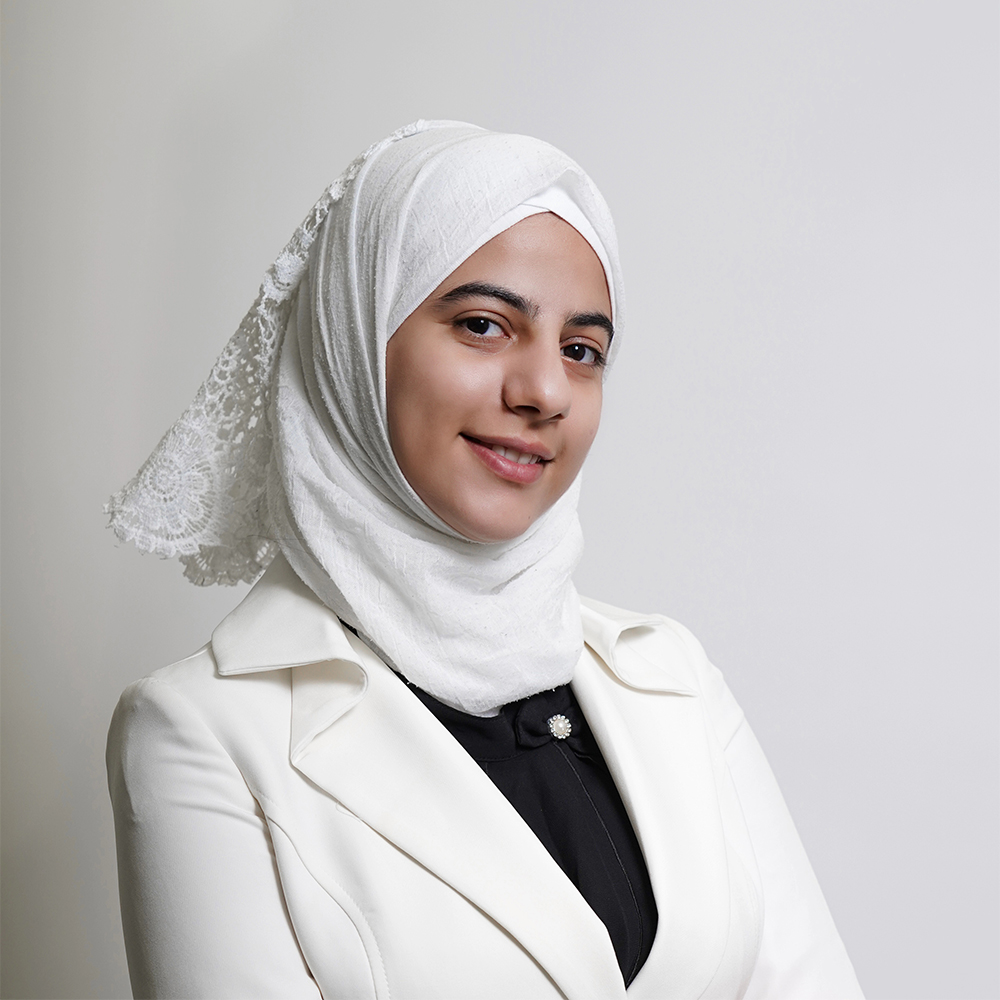
Reem Almasri
University of New South Wales Sydney
Reem Almasri is a Research Associate at the Graduate School of Biomedical Engineering, UNSW working in the fields of brain/machine interfaces, electrophysiology, material characterisation, and microfabrication of implantable devices and biomedical sensors. A key theme of her work is designing flexible interfaces and bio-integrated technologies. Reem is currently working on developing flexible photonics-based sensors to detect cardiac and neural electrophysiology using polymers and liquid crystals. As an active member of IEEE Women in Engineering (WIE), she aspires to create a more inclusive and diverse environment in the scientific community. Apart from her professional pursuits, she was born in Syria, and she enjoys travel and adventure, enriching her life with diverse interests.
Conformable Multi-Optrode Array for Neural Interfacing
The development of neural and cardiac prostheses has become increasingly important in the medical treatment and management of various pathophysiological conditions. The primary goals of these prosthetic innovations are to reduce tissue damage and extend the implant's overall lifespan. Due to the inherent complexity involved in the chronic integration of electronic devices with soft tissues, numerous technologies have been employed to improve the effectiveness of prosthetic interventions.
One promising development in recent years has been the emergence of optics-based technology, which incorporates a liquid crystal component capable of transducing biopotentials into measurable optical signals. However, the current design of this transducer is rigid, posing limitations in its applications due to mechanical mismatching at the sensor/tissue interface.
This thesis presents a flexible version of the optical sensor being designed, fabricated, and tested. The newly developed interface demonstrates similar characteristics to the rigid counterpart, potentially enabling biopotential activity recording from tissues in the future. The added advantage is the sensor's significantly enhanced flexibility, minimal mechanical mismatching, and absence of impedance-related complications.
Optimisation of material choices and fabrication techniques is a key component of this research, which involves characterising the mechanical, optical, and electrical properties of various materials to transform the rigid sensor into a flexible one. The outcome of this study provides valuable insights into the development of more effective solutions for electrophysiology recording. Ultimately, these advancements in sensing technology will not only improve the understanding of electrophysiological functions of cells but also expand the range of clinical applications for these devices.